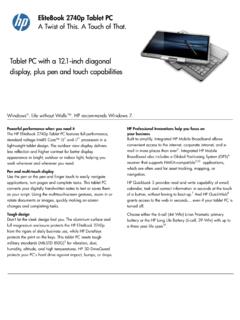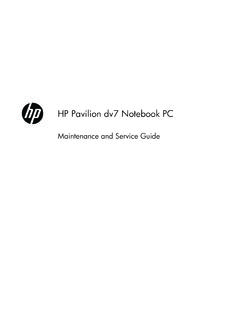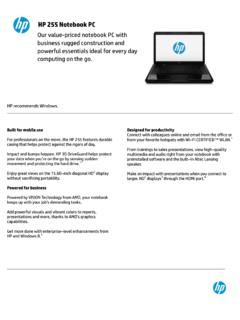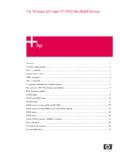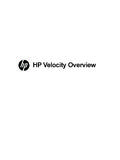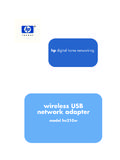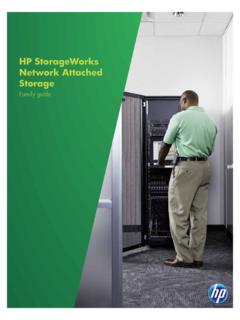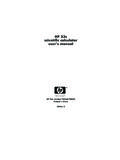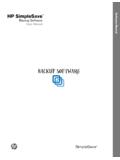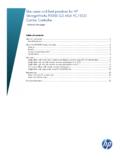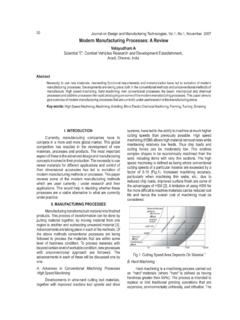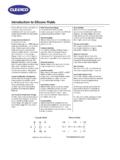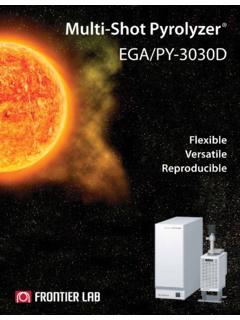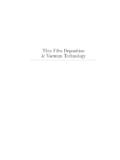Transcription of 1.Identification of the Product and of the Company ...
1 Philips UHP Product Safety Data Sheet (PSDS) PSDS Product Safety Data Sheet ultra high Performance (UHP ) Lamp UHP lamps ( high pressure Mercury Discharge Lamps), manufactured by Philips Lighting, are exempted from the requirements of the OSHA Hazard Communication Standard (29 CFR ) because they are articles. The following information is provided by Philips Lighting as courtesy to its customers. of the Product and of the Company / Undertaking Product Name ; UHP lamp Product Type ; high Intensity Mercury Discharge Lamp Product Uses ; UHP lamp is operated with an electronic lamp driver in projection devices Manufacturer ; Philips Lighting, BU UHP Lighting Solutions p/a Philips Innovative Applications NV, Steenweg op Gierle 417.
2 B-2300 Belgium on Substances used in Product For lamps that are intact, no health hazards are known related to exposure to the lamp. A UHP lamp can be subdivided roughly in a bulb and reflector parts (reflector, (possibly) front glass, silicon kit, side contacts etc.). The following information relates to the arc-tube portion of the bulb only, and does not include materials used in the reflector or base. If the bulb is broken, the following materials* may be released; CAS No. Amount (g) Chemical Name Exposure Limits in Air (Mg/Cubic M)** TLV PEL 1. 7439-97-6 Mercury Ceiling 2.
3 60676-86-0 - Quartz, Fused (resp. Dust) 3. 7440-33-7 Tungsten --- --- Insoluble Compounds 5 10 4.
4 7439-98-7 Molybdenum --- --- Insoluble Compounds 10 15 * Contaminations within the overall Product and which are below accepted ppm levels are not listed in the substance overview. **Amount is based on the initial substance presence within an intact lamp. (Expressed in gram) In case 2 values are listed, the lowest value refers to the minimum amount and the highest value refers to the maximum amount, present in the arc-tube.
5 ** TLV - Threshold Limit Value. An estimate of the average safe airborne concentration of a substance in representative conditions under which it is believed that nearly all workers may be repeatedly exposed day after day without adverse effect. TLVs are published annually by the ACGIH (American Conference of Governmental Industrial Hygienists). PEL - Permissible Exposure Limit. The OSHA limit of employee exposure to chemicals; found primarily in 29 CFR Philips UHP Product Safety Data Sheet (PSDS) PSDS 3. Health Hazards Identification Emergency Overview; Warning for Lamps during operation UHP lamps operate under very high pressure conditions (200 bar) and at high temperature (inner bulb temp 1000 C) and may unexpectedly shatter UHP lamps generate ultraviolet (UV) radiation which may cause skin irritation and serious eye damage with prolonged exposure UHP lamps must be operated in suitably designed, enclosed projection devices, which prevent direct observation of the arc and will prevent lamp fragments from exiting, in the event of a bulb rupture.
6 In the event of a bulb rupture, a limited amount of mercury vapour could be emitted into the room. To avoid inhaling this mercury vapour (which is toxic and can be harmful for lungs and nervous system) the room of use should be thoroughly ventilated for some period (30 minutes)1 Emergency Overview: Lamp Materials There are no known health hazards from exposure to lamps that are intact and which are used within an enclosed fixture. No adverse effects are expected from occasional exposure to broken lamps. As a matter of good practice, avoid prolonged or frequent exposure to broken lamps unless there is adequate ventilation. The major hazard from broken lamps is the possibility of sustaining glass cuts. NIOSH/OSHA Occupational Health Guidelines for Chemical Hazards and/or NIOSH Pocket Guide to Chemical Hazards lists the following effects of overexposure to the chemicals/materials tabulated below when they are inhaled, ingested or contacted with skin or eyes.
7 Mercury - Exposure to high concentrations of vapors for brief periods can cause acute symptoms such as pneumonitis, chest pains, shortness of breath, coughing, gingivitis, salivation and possibly stomatitis. May cause redness and irritation as a result of contact with skin and/or eyes. Quartz, Fused - Fibrosis of the lungs causing shortness of breath and coughing has been associated with silica exposure. Tungsten - Inhalation of dust may cause mild irritation of nose and throat. Contact may cause mechanical irritation of skin and eyes. Molybdenum - Oxides have caused irritation to the eyes, nose, and throat; weight loss and digestive disturbances in experimental animals. 4. First Aid Measures Measures listed below refer to the situation where a person came in contact with one of those substances mentioned in the former paragraph (being Mercury, Tungsten, (Fused) Quartz, Molybdenum, Nickel) and developed symptoms of discomfort, irritation or pain.
8 Glass Cuts: Perform normal first aid procedures. Seek medical attention as required. Inhalation: If discomfort, irritation or symptoms of pulmonary involvement develop, remove from exposure and seek medical attention. Ingestion: Seek medical attention. Contact, Skin: Thoroughly wash affected area with mild soap or detergent and water and prevent further contact. Seek medical attention if irritation occurs. Contact, Eye: Wash eyes immediately with water for 15 minutes. Seek medical attention. 1 Time is depending on room size, room conditions and air flow (ventilation). Philips UHP Product Safety Data Sheet (PSDS) PSDS 5.
9 Accidental Release Measures Ventilation in view of concentrations of mercury vapour: Use adequate general and local exhaust ventilation to maintain exposure levels below the PEL or TLV limits. If such ventilation is unavailable, use respirators as specified under section 8. Special Handling Information Broken Lamps . 6. Pre Cautions for safe handling and use Lamp instalment / replacement When one is installing a UHP lamp within a suitable application, the power should be switched off at all times. This is applicable for first instalment as well as the case in which a lamp is being replaced inside the application. Never touch the lamp when it is on, or soon after it has been turned off, as it is hot and will cause serious burns. Lamps should be allowed to cool for a minimum of ten (10) minutes after the lamp is turned off.
10 Affix the lamp in the correct polarity according to the lamp and fixture design. Affix the lamp by hand tightening only. Do not use any tools to tighten nuts or the lamp itself. Any excessive stress to the lamp will cause a burst. Max torque on the side and centre connector: Never touch the front glass with bare hands. If bare hands have touched it, the front glass should be cleaned with a lint free towel before installing the lamp. Lamp Operation Always operate the lamp in closed, protective housings. The set maker must design a lamp house to keep glass pieces in the lamp house. Do not look directly at the operating lamp for any length of time; this may cause serious eye injury while UHP lamps generate UV radiation. Always operate the UHP lamp in combination with the UHP driver to which is referred in the original lamp specification sheet provided by Philips UHP.
